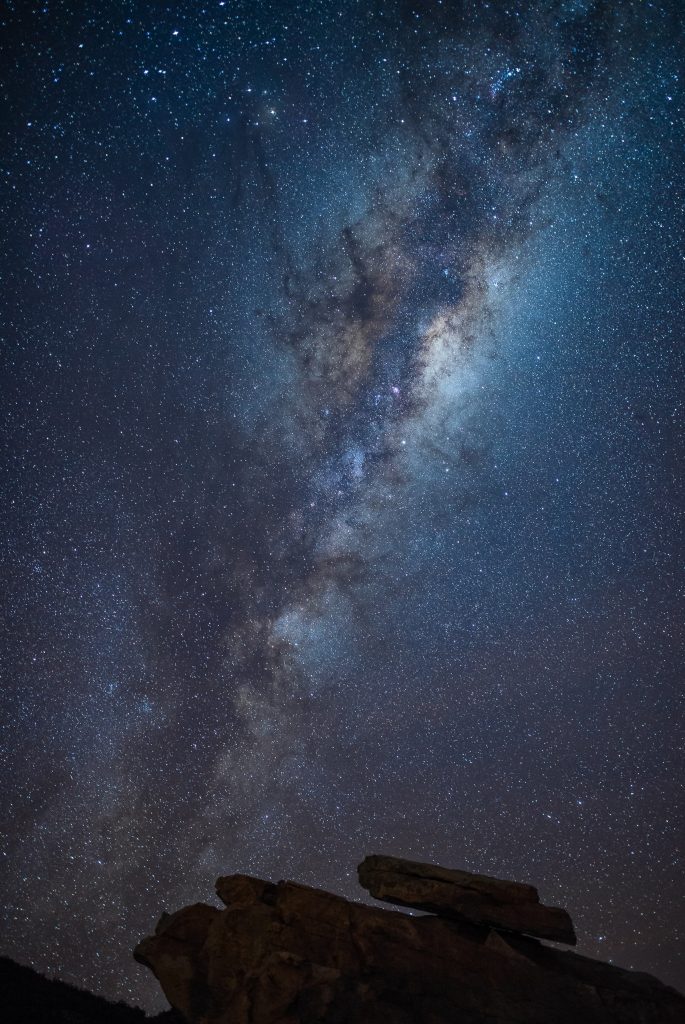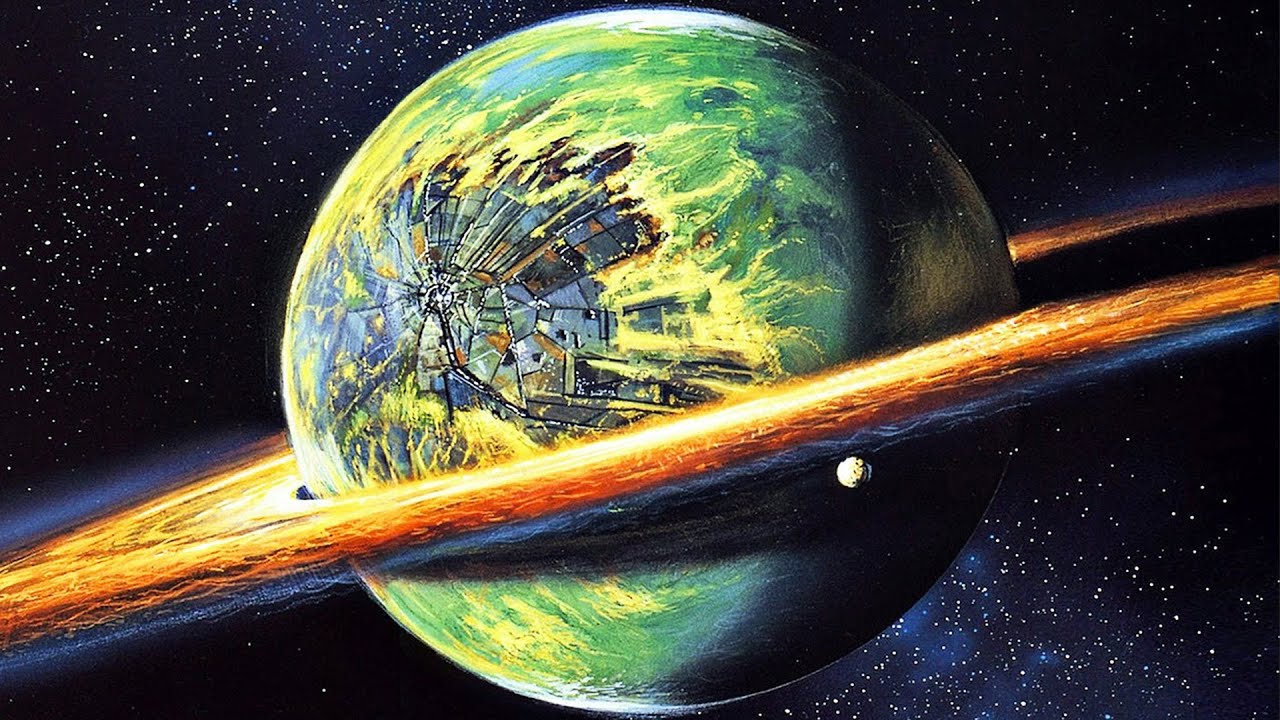
Top 5 Things To Know About The Milky Way
When you look up at the sky, all the stars you see belong to the Milky Way, the spiral galaxy to which we belong. The Milky Way is home to every alien world man has ever discovered, and the billions of other planets that exist in the galaxy that we don’t yet know to exist. Our galactic home is one of the trillions of galaxies in the universe.
Astronomers have been studying it for almost a century since Edwin Hubble discovered that our neighbor Andromeda was not a nebula but a galaxy in its own right. And yet, men are still trying to unlock the secrets of the Milky Way and determine its place in the vastness of the universe. Here are some facts you (probably) didn’t know about our 13.6 billion-year-old galaxy.
1. The Milky Way Is (Mostly) Flat

Our galaxy is about a hundred thousand light-years long and a thousand light-years wide. Inside this generally flat (albeit somewhat warped) disk, the Sun and its planets are shrouded in clumps of gas and dust, more than 26,000 light-years from the tumultuous heart of our galaxy. A wave of dust and stars muffles the galactic center.
2. Earth is 18 galactic years old
The solar system moves through interstellar space at a speed of 805,000 kilometers per hour. Even at this speed, it takes 250 million Earth years to circle the Milky Way. The last time our 4.5 billion-year-old planet was in the same position in the Milky Way, the five continents were still touching, dinosaurs had just appeared, mammals had yet to evolve, and the greatest extinction of mass of our planet’s history was falling into place.
3. A Huge Black Hole Is At The Center Of Our Galaxy

Sagittarius A*, located in the center of the Milky Way, is a huge black hole whose mass is about 4 million times that of our Sun. This object has never been observed directly- it is hidden by thick clouds of dust and gas. But astronomers have been able to observe the orbit of stars and clouds near the center of the galaxy, and thereby calculate the mass of this hidden cosmic giant. Huge black holes are said to have taken up residence in the hearts of most galaxies, and some feed off surrounding matter so forcefully that they spurt out powerful radiation visible millions of light-years away.
4. The Milky Way Is Not Eternal
In about 4 billion years, the Milky Way will collide with its nearest neighbor, the Andromeda Galaxy. The two spiral galaxies are approaching each other at a speed of 402,000 kilometers per hour. When they come into contact, it won’t be as catastrophic as one might imagine – the Earth will certainly survive this galactic shock, and only a few rare stars will actually be destroyed. The new mega-galaxy will offer intensely starry night skies.
The Milky Way is home to hundreds of billions of stars. Even 300 or 400 billion. We do not yet know with certainty how many stars make up our galaxy. Several of these are small, faint stars that are difficult to detect over great cosmic distances, especially when massive clouds obscure the horizon near Sagittarius A*. Astronomers have estimated the total number of stars in the Milky Way based on the mass and luminosity of our galaxy, but it remains impossible to determine this number exactly.
5. The Galaxy Is An Island In A Stream Of Stars

The Milky Way absorbs galaxies that come too close. Over time, scientists who have studied our galaxy have detected two dozen clusters of stars, remnants of galaxies. These ghostly rivers of stars were formed when the very powerful gravity of the Milky Way dismantled the smallest galaxies. During the last congress of the American Astronomical Union, a team from the Dark Energy Survey, an international program seeking to map hundreds of millions of galaxies in an effort to better understand the nature of dark energy, announced the detection of 11 additional star streams, some of which bear Aboriginal names.
Sound off in the comments section below, and tell us what you want to read next and if you want to read more about the Milky Way.
You May Also Like

The Basics of Quantum Physics
2022-12-06
The Strangest Planets In The Universe (Part 1)
2021-07-20


